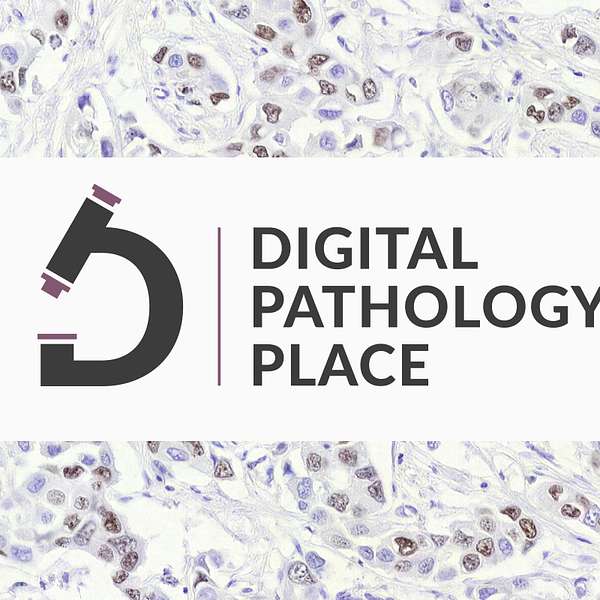
Digital Pathology Podcast
Digital Pathology Podcast
107: DigiPath Digest #13 (Revolutionizing Pathology with AI: Insights from PD-1 to Prostate Cancer Predictions)
Good morning, digital pathology trailblazers! Welcome to another exciting exploration of digital pathology and AI. I’m thrilled to have our global community here with us today from so many different time zones. Before we dive into today's content, a quick note: my equipment is being a bit finicky, but that’s life in the digital world!
Integrating Image Analysis with AI
Let's kick off with a recap of some recent updates. Yesterday, I had the privilege of presenting to a mixed group at Cincinnati Children’s Hospital. We discussed AI in image analysis, an essential tool bridging radiology and pathology as these fields rapidly evolve with new technologies like foundation models and large language models. A diverse audience—ranging from radiologists to pathologists—prompted me to adapt my presentation style on the spot. It was a dynamic discussion about the advancements in healthcare that shared perspectives from both sides.
Lymphovascular Invasion: A Case Study
Our first paper today focuses on a deep learning model for identifying lymphovascular invasion (LVI) in lung adenocarcinoma. This significant prognostic factor is crucial for advancing diagnostic consistency and reliability. Unlike broad foundation models, this work engages with dedicated image analysis applications targeting specific diagnostic challenges. The study demonstrated reduced pathologist evaluation time by nearly 17% and even more in complex cases, aligning with previous findings that AI enhances efficiency by around 21%.
AI Collaborations: Human and Veterinary Pathology
Next, we delve into a collaborative effort between human and veterinary pathologists, emphasizing the promise of AI integration in telepathology and digital pathology. These fields are converging to enhance information exchange, teaching, and research. I’m particularly excited about this paper due to my own veterinary pathology background and the potential it offers for both educational and clinical practices.
Spatial Profiling and Immuno-Oncology
We then journey into the intricate landscape of immuno-oncology with a study on PD-1 and PD-L1 in osteosarcoma microenvironments. Utilizing deep learning and multiplex fluorescence immunohistochemistry, researchers highlighted the spatial orchestration of these markers, providing insights into potential immunotherapeutic strategies. This work is an exemplar of how AI can illuminate complex biological landscapes, offering a path for future therapies.
Conclusion
Thank you all for joining this vibrant discussion. Whether you’re tuning in from early morning in Atlanta or late at night in Algeria, your engagement enriches our learning experience. Keep an eye out for more content and upcoming courses designed to unpack these groundbreaking developments in AI and digital pathology.
Until next time, keep blazing trails in digital pathology!
Become a Digital Pathology Trailblazer get the "Digital Pathology 101" FREE E-book and join us!